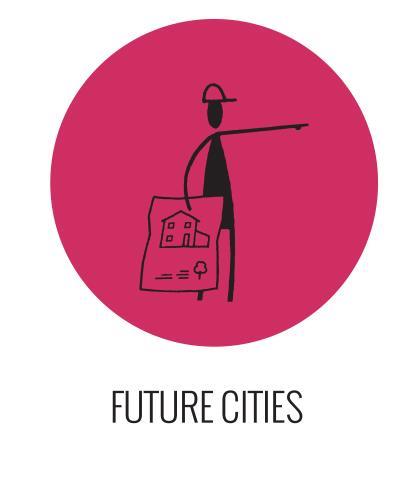Dr Tristan Kershaw and Tony Barrett preview their talks


Wednesday 5 March, 10.30 - 12.00
The resilient city - understanding and overcoming the challenge
Speaker highlight:
Designing with climate - building resilience
Dr Tristan Kershaw, lecturer in low carbon design, Department of Architecture and Civil Engineering University of Bath
Civilisation has evolved during a period of relatively constant climate and hence architecture, urban layout and the way we use buildings have evolved to suit the local climate. For a building to be considered truly sustainable it has to be sustainable over its entire life-cycle, not just for a few years after construction.
However, optimising architecture and construction for a particular location and climate presents problems when we consider anthropogenic climate change. Thus far this particular aspect of sustainability has gone largely unexplored resulting in the construction of low carbon buildings, which may function in the short term but fail in the longer term. We can consider a building to be resilient to climate change if it can continue to function, providing shelter and thermal comfort without requiring major structural works or increasing energy demand.
This presents a problem, given that the mitigation agenda has already led to increased instances of overheating in buildings and hence, reduced resilience in the current climate. The challenge then is to engineer solutions that allow buildings to be resilient to expected levels of climate change while not compromising the mitigation agenda.
One possible solution is, if we assume that vernacular architecture and urban form have evolved to be adapted to the local climate, we can draw inspiration from other climes to help build resilience to climate change into our urban areas. This will require research into the interaction between urban form and buildings in the built environment and how to manipulate these interactions to increase resilience. It is not possible to make resilient cities overnight; rather, resilience is a progressive process, accumulated by improving the quality of both the physical stock, the urban area, and educating people in order to encourage societal and cultural change.

Wednesday 5 March, 14.30 - 16.00
Water sensitive urban design (WSUD) - managing urban water
Speaker highlight:
Creating liveable cities with water sensitive urban design
Tony Barrett, principal consultant water, Aecom
Increasing urban density and climate variability are placing huge demands on our natural resources and local ecosystems. Mitigating these impacts needs a step change in the way we approach conventional urbanism.
Water sensitive urban design (WSUD) is one approach that can meet these contemporary demands and transform our built environment. It integrates water cycle management with the built and natural urban landscapes and is a highly effective tool in the box for creating resilient cities of the future.
By recognising the value of water in our cities, we can take steps to store it at source, slow its flow and put it to good use. If done well, WSUD techniques can reduce floods, clean rivers, keep our cities cool, create smart public spaces as well as a providing a new source of water. The sum of these benefits is an improved quality of life for the communities that live and work there.
Many global cities have proven there are few technological barriers that stand in the way of mainstreaming integrated water cycle management. The UK is now at a turning point and recent initiatives to understand the value of community and stakeholder benefits in scheme delivery make a compelling case for change.
Transitioning our towns and cities requires a variety of approaches. Fundamentally we need a vision that is shared between disciplines and communities; we need organisational commitment and perhaps most importantly, champions to deliver.


























No comments yet